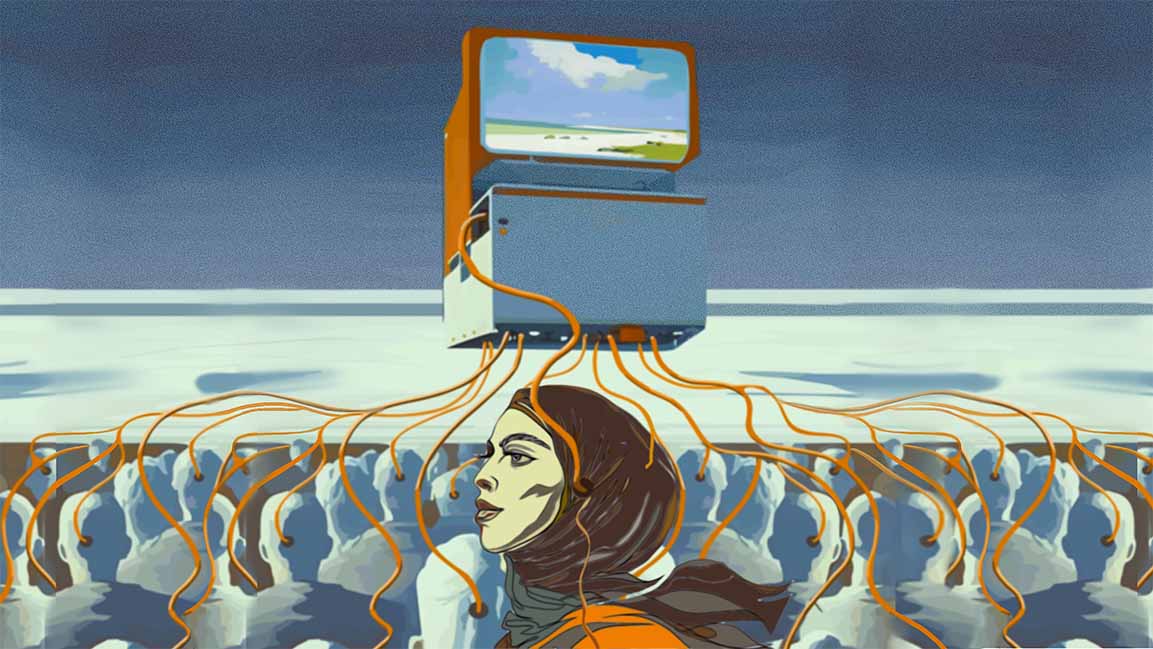- | 9:00 am
How is AI changing workforce dynamics in the Gulf?
AI-integrated employment is becoming increasingly prevalent. We explore the consequences of the shift

From autonomous robots delivering food at restaurants to AI-powered customer service representatives responding to inquiries on hospital websites, AI has started to replace many jobs in the Middle East.
The workforce dynamics are going through a major makeover, and many jobs are being shuffled for AI-generated positions.
“The Gulf region, in general, is seeing a significant shift to an AI workforce, especially in customer service positions,” says Dr. Shawn Michael Carraher, Professor at King Fahd University of Petroleum and Minerals (KFUPM) Business School.
The UAE has been at the forefront of technical innovation and economic diversification. The country has digitally linked several industries, including healthcare, banking, and transportation, through multiple AI applications overseen mainly by a highly skilled workforce. This has been made possible by significant investments in AI and a national strategy focused on digital transformation, adds Dr. Jesus Igor
Heberto Barahaona, visiting Assistant Professor at KFUPM Business School and the author of The Evolving of Data Science and Saudi Arabia. How much have we changed in 13 years?
CHANGING WORKFORCE
The UAE is already producing early career AI professionals by providing graduate and undergraduate AI degrees. As indicated in the National Artificial Intelligence Strategy 2031, it has already begun to invest in developing the necessary infrastructure and focusing on important industries, says Dr. Wifag Adnan, Assistant Professor of Economics at New York University, Abu Dhabi.
But what type of shuffling is occurring in the workplace? Is it eliminating or creating new jobs? Some top companies are laying off the workforce — is this due to AI replacing jobs?
“Apart from the introduction of AI systems, some of the major factors that are influencing downsizing trends include automation/robotics and also shifts towards revenue-generating positions whereby many organizations have figured out that they have many employees who perform largely non-essential work for the organization and/or not being competent at what they are supposed to be doing,” says Dr. Carraher.
In the case of Amazon and Dell’s downsizing, he adds, the companies are discovering that automation can complete many tasks more quickly and effectively than people. When firms learn how to improve automation, people may eventually be replaced by robots and other machinery when minimal cognitive effort is required.
Conversely, Barahaona believes AI only alters employment rather than displaces them. “Currently, the Dubai metro is controlled by AI, and no physical pilots are required. The above suitably illustrates the shift in the type of employees that the labor market in the UAE will require in the coming years.”
“For instance, in the past, pilots with expertise in operations and logistics management were needed, as they were responsible for operating the trains. This role disappeared in the Dubai metro, and nowadays, data science and AI experts are required,” adds Dr. Barahaona. The latter is responsible for creating and configuring the AI that operates the trains.
TARGETED AND INTENSIVE TRAINING
Dr. Adnan’s study focuses mainly on the impact of big events on labor market outcomes and the “shift” in the workforce induced by AI.
“Since the degree of AI intensity will differ across sectors, not all incumbent workers will be equally affected. Firms in AI sectors may feel pressured to provide more targeted and intensive training to their employees. To incentivize firms to invest in training programs, governments may provide subsidies or tax breaks to firms who provide comprehensive training.”
AI can dramatically change the composition of the workforce. For example, using AI in several domains would significantly increase labor productivity, says Dr. Adnan. Since wages in a competitive environment are decided by labor productivity, we should expect a general increase in real wages (i.e., earnings adjusted for inflation), which is more evident for people engaged in industries that have been implemented.
According to Dr. Carraher, many businesses, including government agencies and national airlines, have moved much of their operations to AI. However, these systems are years away from being able to comprehend and be precise.
He adds AI may create complications in the recruitment sector, where a human factor is imperative in hiring. AI can provide challenges in training & development, career development, and compensation systems.
While the shift to an AI-centric workforce benefits efficiency and creativity, it also raises concerns about worker adaptability, ethical implications, and the need for comprehensive rules to facilitate smooth integration.
Dr. Barahaona says that more strategic planning and scientific study are needed to track the development of AI adoption in the Gulf. “In the coming years, there will be an increasing need for exceptionally talented people in AI.”








































